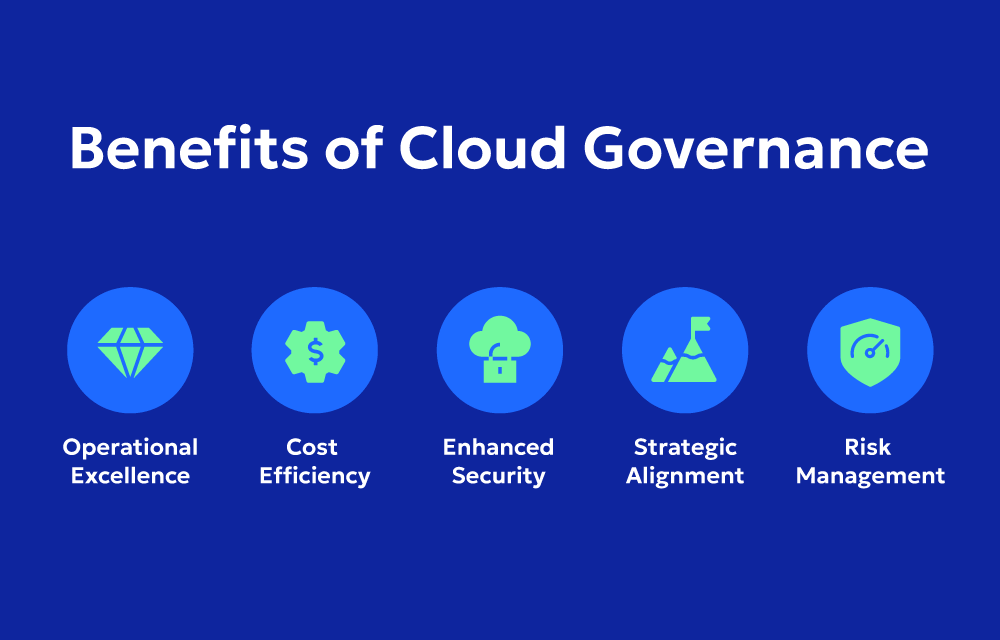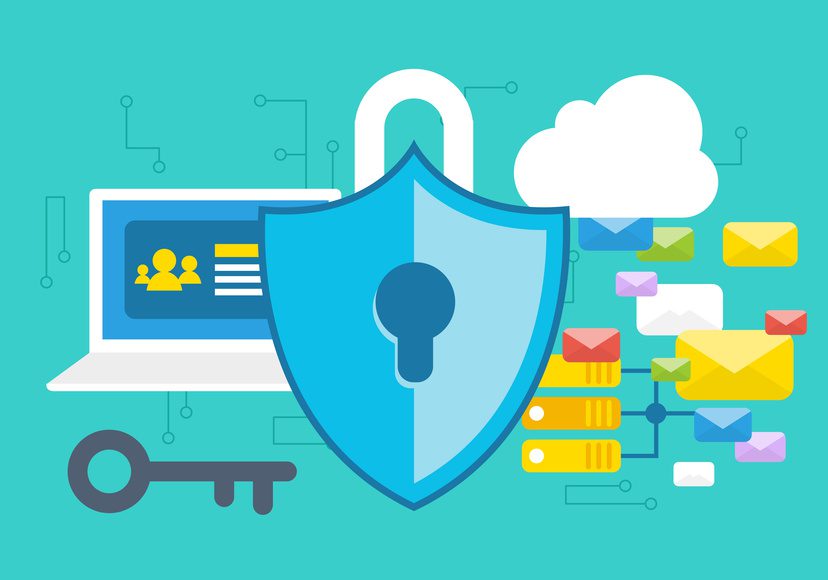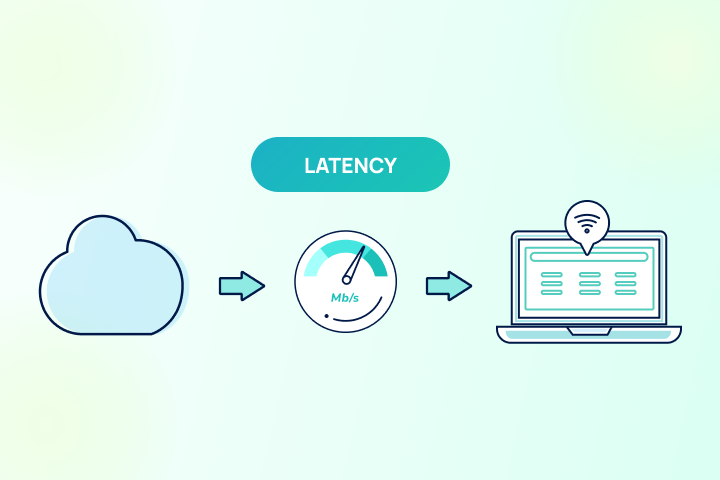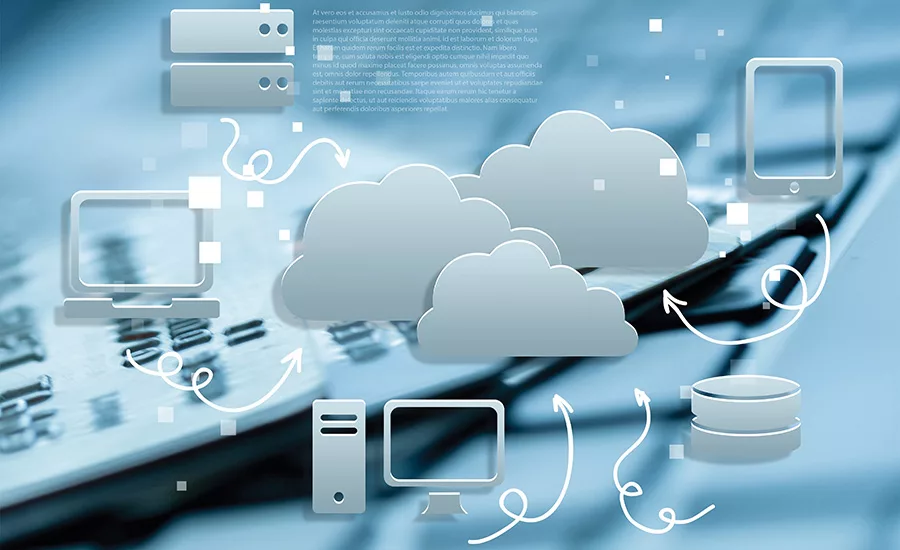Cloud governance is the framework of policies, roles, responsibilities, and processes that guide how an organization manages its cloud resources. It ensures that cloud usage aligns with business goals while maintaining control over security, costs, and compliance.
As organizations scale in the cloud, governance becomes essential to avoid risks such as resource sprawl, overspending, or data breaches. A solid cloud governance strategy helps standardize operations, enforce best practices, and ensure accountability.
Key areas of cloud governance include:
-
Cost Management: Monitoring usage, budgets, and preventing overspending
-
Security & Access Control: Defining who can access what, and how
-
Compliance: Meeting industry and legal standards (e.g., GDPR, HIPAA)
-
Resource Management: Enforcing naming conventions, tagging, and lifecycle policies
-
Policy Enforcement: Automating rules to manage configurations and risks
Cloud providers like AWS, Azure, and Google Cloud offer built-in governance tools such as AWS Organizations, Azure Policy, and Google Cloud Resource Manager.
Strong cloud governance supports agility without sacrificing control. It helps IT teams empower developers while maintaining visibility and enforcing guardrails.
In a cloud-first world, governance isn’t about restriction—it’s about responsible growth.









